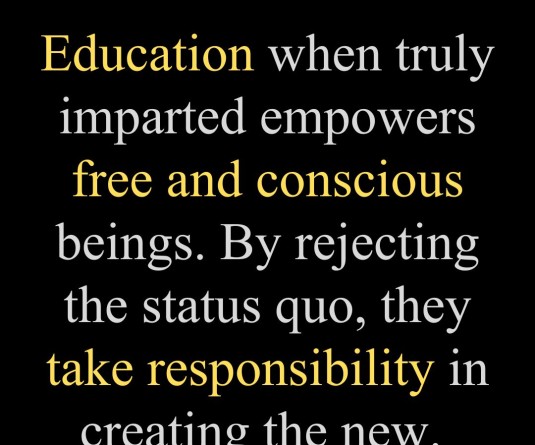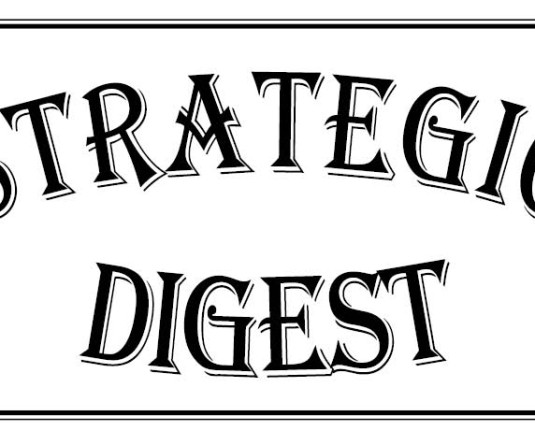
Agnes Krocha
A little girl asked me a couple of times why there is shortage of water when it is said that about two-thirds of the earth is made up of water. And I had to tell her that though two- thirds of the earth is water, of the total global water resource, most of it (94%) is salt water present in seas and oceans, 2% are in the form of ice (polar ice caps and glaciers) and only about 4% are present as fresh water, which is unevenly distributed in different parts of the world. Well, “Water! Water everywhere” but there seems to be not a safe drop to drink, indeed.
Without water, there would be no life. In spite of its renewability, water is becoming increasingly scarce. The United Nations estimates that one billion people already lack access to fresh drinking water and within the next twenty five years the number of countries facing chronic water shortages will swell to fifty with three billion people about thirty five percent of world population (NRDC Report, 1999). Based on the per capita renewable water availability, India has water barely to meet its people’s needs. Despite an estimated 2464 cubic meters per person per year, many of its nearly billion people suffer occasional water shortages, as a result of uneven availability. With a rapidly growing human population pressure, the condition in India is likely to worsen.
Access to adequate water is becoming an acute problem in the capital Kohima and in many parts of Nagaland especially in the dry season. Buying water could not be a thing of the past. The idea seems strange even today to those dwelling in villages where water in pristine condition is still available in plenty. But buying tanks of water has become a common thing among dwellers of Kohima with unlimited water supply system. With more and more people in the capital more and more water resources seems to be drying up. In my own neighborhood, I have seen three big ponds or mini lakes dry up and I wonder how many more unseen ones must have dried up.
Scarcity of this precious natural resource has made water famine looming large today. This calls for serious water conservation of the available supplies before they too dry up. Water–resource management rather than development should become the watchword for the future. After all, there can be no real development without water. Water has to be regarded as an economic and social good. Economy in the use of water will have to be central to planning. This would include increased efficiency, avoidance of waste in all uses, recycling used water, careful management of ground water so as to maintain quality, limit extraction to their recharge capability, local water-harvesting and encouraging traditional systems of water management. Finding suitable strategies for conservation of water, provision of safe drinking water and keeping water bodies clean are the important challenges of today.
Water conservation should begin right in our homes through simple ways like the ones given as follows:-
• Remember to close the tap properly after its use.
• Instead of pouring used water down the drain, maybe you can redirect for better use.
• Don’t send the wash water down the drain. Pipe it out to the garden instead.
• Water that you use to wash your clothes can be used to:
Wash your car
Wash your yard
Water the plants
Clean the bathroom
Mop the staircase, etc.
Use less water for each and every activity. Each time you use water, figure out what it can be used for again-there are just many ways. Let’s conserve water!
(The writer has done M.Sc (Environmental Science and Technology) and B.Ed. She also writes and teaches science in a High School)
aggiekrocha@gmail.com





